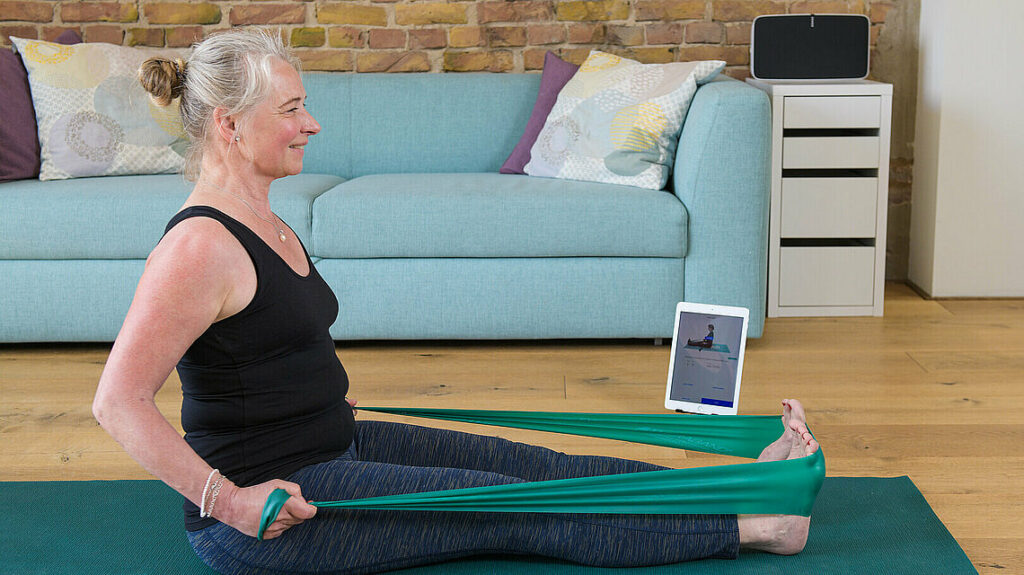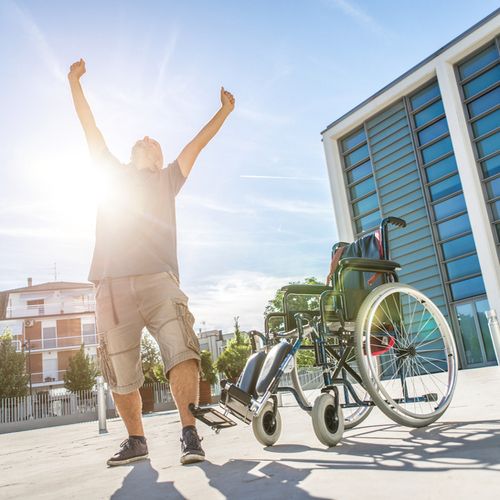Telerehabilitation: The Future of Remote Healthcare
What is Telerehabilitation?
Telerehabilitation, also known as remote rehabilitation, is an innovative method of delivering healthcare services through telecommunications technology. It enables healthcare professionals, including physiotherapists, occupational therapists, speech-language pathologists, and rehabilitation physicians, to assess, monitor, and treat patients remotely using video conferencing, mobile health apps, and specialized software.
This approach enhances accessibility and continuity of care, especially for individuals in rural, remote, or underserved areas, or for those who face mobility challenges. Telerehabilitation ensures patients receive timely, personalized rehabilitation services without needing frequent visits to healthcare facilities.
Benefits of Telerehabilitation
- Convenience and Accessibility: Patients can access expert care from home, reducing travel time and associated costs.
- Continuity of Care: Ensures consistent treatment for chronic conditions, post-surgical recovery, or neurological rehabilitation.
- Personalized treatment: Using telehealth technology, therapists can tailor sessions based on individual needs and monitor progress effectively.
- Cost-effective: Reduces transportation and facility costs, making healthcare more affordable.
- Enhanced Engagement: Interactive tools, virtual reality, and biofeedback can increase patient motivation and adherence to therapy.
Applications of Telerehabilitation
1. Stroke Rehabilitation
Post-stroke rehabilitation is crucial for regaining mobility, speech, and independence. Studies show that telerehabilitation can improve motor function and reduce hospitalization duration by up to 30%, facilitating faster recovery and reducing hospital readmissions.
2. Multiple Sclerosis (MS)
MS patients benefit from ongoing symptom management, physical activity, and gait training through remote programs. Research indicates that 85% of MS patients find telerehabilitation programs improve their quality of life and symptom management effectively.
3. Brain Injury Recovery
Patients recovering from traumatic brain injuries (TBI) require multidisciplinary care. Telerehabilitation provides neurocognitive therapy, motor skill development, and speech-language therapy remotely. Evidence suggests that remote therapy can be as effective as in-person sessions in improving cognitive and motor functions.
4. Post-Surgical Rehab
Patients recovering from orthopedic or neurological surgeries can participate in prescribed rehab programs without frequent hospital visits. The Canadian Institutes of Health Research reports that early mobilization through telerehabilitation can lead to a 20-25% faster return to daily activities.
5. Chronic Condition Management
Conditions such as arthritis, Parkinson’s disease, and balance disorders benefit from tailored remote exercises and monitored recovery plans. Long-term studies show that telerehabilitation reduces symptom severity by up to 40% in chronic neurological conditions.
How Does Telerehabilitation Work?
A typical telerehabilitation session involves a secure video call where therapists guide patients through exercises, monitor movements, and provide real-time feedback. Advanced systems might include wearable sensors, mobile apps, and virtual reality tools that track performance and enhance interaction.
Patients are often provided with tailored home exercise programs, instructional videos, and remote check-ins to maintain adherence and measure progress.
Is Telerehabilitation Safe and Effective?
Extensive research demonstrates that telerehabilitation is equally effective as traditional in-person therapy for many conditions, including stroke and neurological disorders. A recent Canadian study found that 90% of patients experienced similar health outcomes with remote therapies compared to face-to-face sessions.
It provides a safe, convenient, and patient-centered care model, especially when integrated with in-person visits as needed. Nevertheless, working with licensed healthcare professionals trained in telehealth is essential to ensure safety and optimal results.
Benefits of Telerehabilitation in Canada
- Overcoming geographic barriers in rural and remote communities, where approximately 18% of Canadians live in areas with limited access to specialized healthcare.
- Reducing healthcare costs in the public health system, with estimates indicating that telehealth can cut costs by up to 25% per patient encounter.
- Enhancing access to specialized neurorehabilitation services, which are often limited in rural settings.
- Supporting aging populations (over 16% of Canadians are over 65) with mobility challenges, enabling continued independence and improved quality of life.
Future of Telerehabilitation
As technology advances, telerehabilitation is expected to incorporate artificial intelligence, virtual reality, and machine learning, providing even more personalized and engaging therapies. The COVID-19 pandemic accelerated its adoption across Canada, with a 400% increase in telehealth services usage nationally since 2020, highlighting its importance as a core component of modern healthcare.
Conclusion
Telerehabilitation is revolutionizing the way we approach recovery and chronic disease management in Canada. Offering convenience, safety, and efficacy, it empowers patients to take charge of their health while maintaining the highest standards of professional care. If you’re seeking effective rehabilitation options tailored for your needs, consult a licensed healthcare provider specializing in telehealth services.





